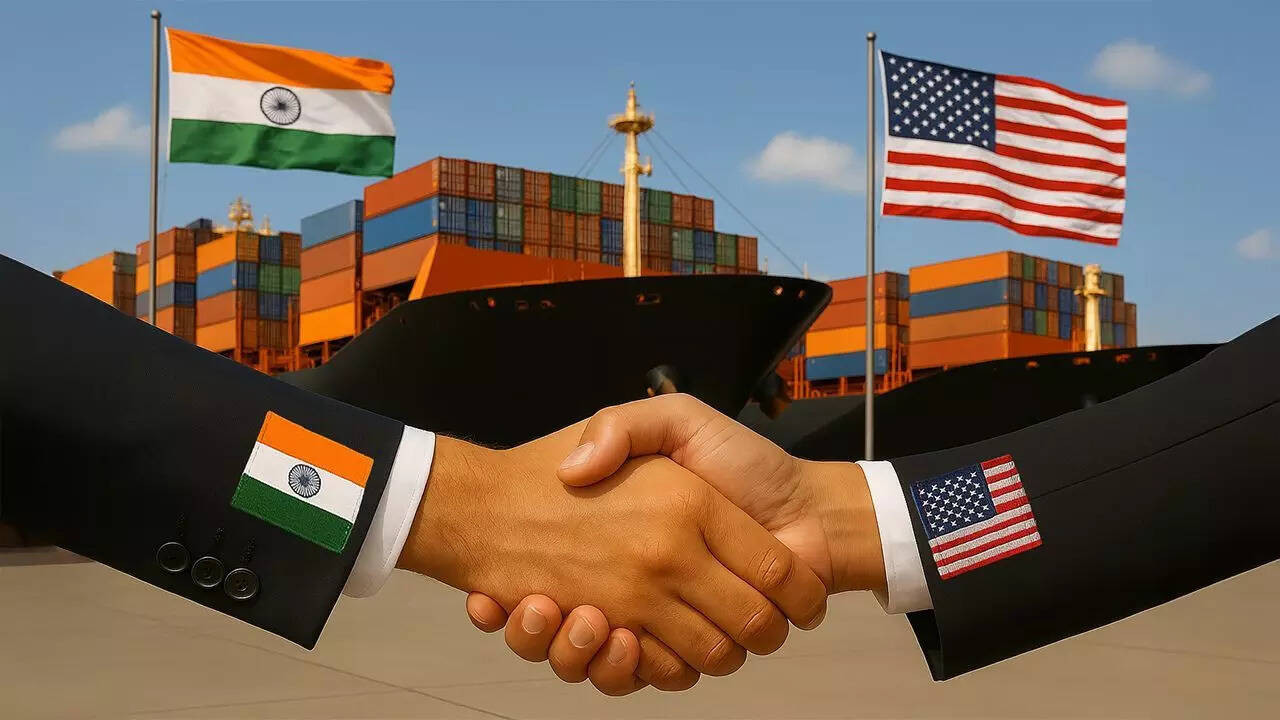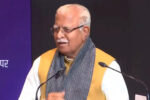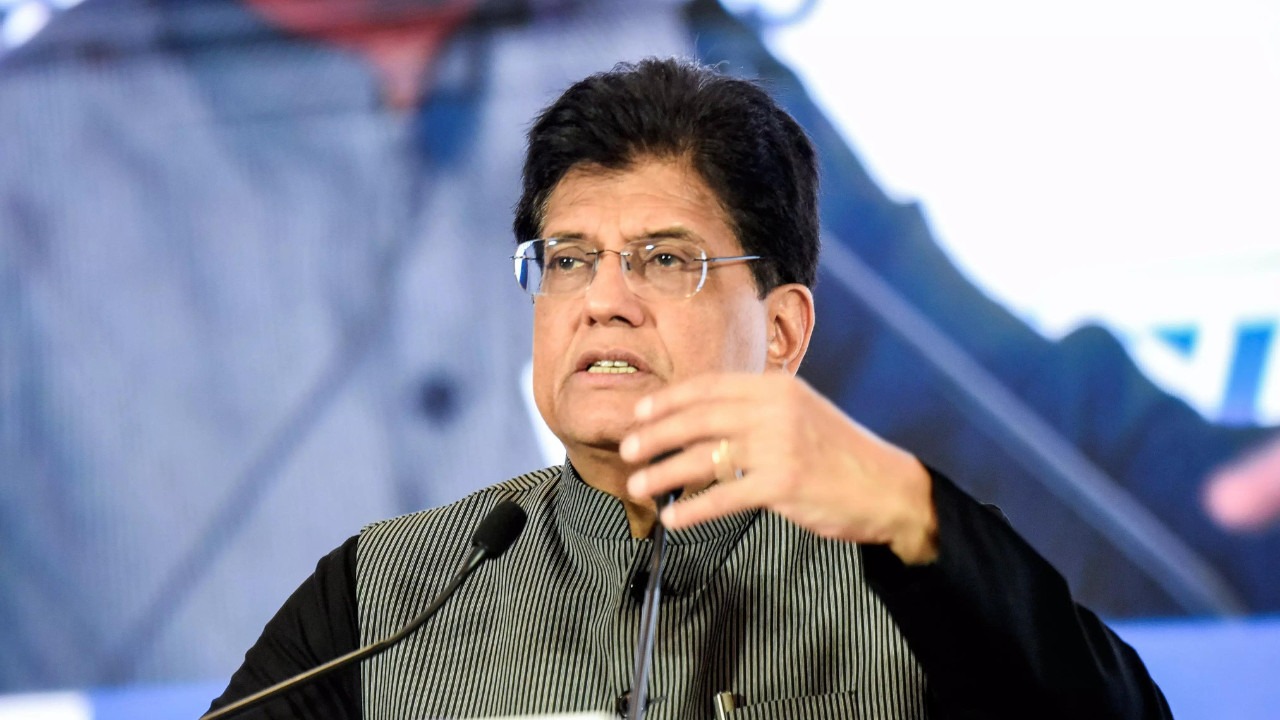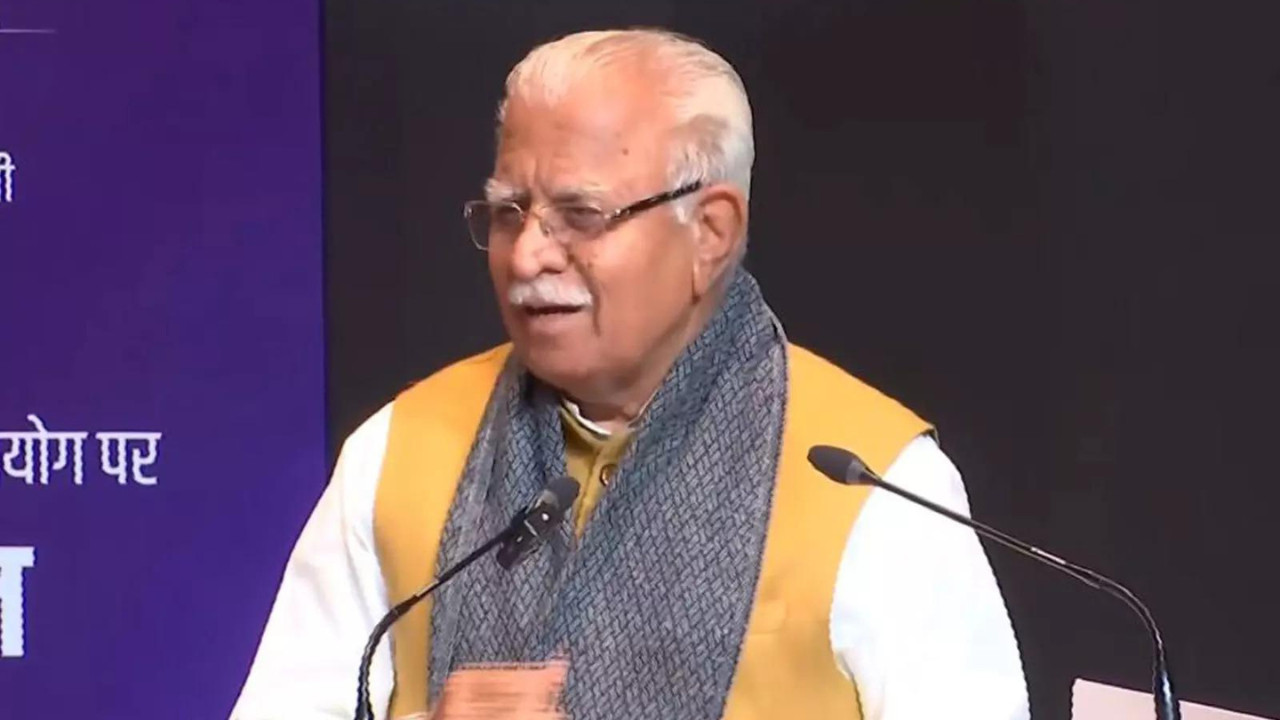India is implementing a four-pronged strategy to boost exports amid global trade uncertainties and new US tariffs. This includes fast-tracking trade pacts with the UK, EU, and Oman, improving ease of doing business, enhancing export competitiveness, and diversifying export and import markets. The government is also working to increase FTA utilization and focusing on export promotion in 50 key countries.
Navigating the Shifting Sands: India’s Export Strategy in a Tariff-Heavy World
The global trade landscape is rarely static, but lately, it feels more like a rollercoaster than a calm cruise. With the US imposing tariffs on certain Indian goods, the question on everyone’s mind is: how will India navigate these choppy waters and continue its journey as a global export powerhouse? The answer, it appears, lies in a carefully constructed, multi-pronged strategy.
The Indian government is not sitting idle. Instead, it’s proactively crafting a four-pillar approach designed to not just weather the current storm, but to emerge stronger and more resilient. This isn’t just about damage control; it’s about seizing opportunities and forging new paths for growth.
Diversification is Key: Finding New Markets for Indian Goods
One of the most crucial pillars of this strategy is market diversification. Relying too heavily on any single market, no matter how large, leaves a nation vulnerable to economic shifts and policy changes within that specific region. The plan? To actively seek out and cultivate new trading partners, reducing dependence on the US and spreading the risk across a broader global network.
Think of it like this: a farmer with only one crop is devastated if that crop fails. But a farmer with a diverse range of crops is far more likely to weather a bad season. Similarly, India aims to cultivate a diverse portfolio of export destinations. This means doubling down on existing partnerships with countries in Asia, Africa, and Latin America, while also exploring untapped potential in emerging economies.

Boosting Competitiveness: Making Indian Products Irresistible
Beyond simply finding new markets, India is focused on enhancing the competitiveness of its export products. This involves a deep dive into streamlining processes, reducing bureaucratic hurdles, and investing in research and development to foster innovation. The goal is to make Indian goods so attractive – in terms of price, quality, and innovation – that they become the preferred choice for buyers around the world.
Consider the textile industry, a cornerstone of the Indian economy. By investing in modern machinery, improving worker skills, and adopting sustainable manufacturing practices, India can position itself as a leader in high-quality, ethically produced textiles, capturing a larger share of the global market. This focus on competitiveness isn’t limited to textiles; it spans across a wide range of sectors, from pharmaceuticals to engineering goods.
Leveraging Trade Agreements: Building Bridges, Not Walls
Trade agreements play a vital role in fostering economic cooperation and reducing trade barriers. The Indian government recognizes this and is actively pursuing bilateral and multilateral trade agreements with key partners. These agreements not only lower tariffs but also simplify customs procedures, promote investment, and facilitate the exchange of technology.
By actively engaging in trade negotiations and strategically leveraging existing agreements, India aims to create a level playing field for its exporters and gain preferential access to lucrative markets. This involves carefully analyzing the terms of each agreement to ensure that they are mutually beneficial and align with India’s long-term economic interests. We discussed the importance of international trade in a recent article on India’s economic growth.
Domestic Manufacturing: Strengthening the Foundation
Finally, the government is emphasizing the importance of strengthening domestic manufacturing. Initiatives like “Make in India” are designed to encourage local production, reduce reliance on imports, and create a robust and self-reliant economy. A strong domestic manufacturing base not only boosts exports but also creates jobs, stimulates economic growth, and enhances India’s overall resilience.
By investing in infrastructure, promoting innovation, and creating a favorable business environment, India aims to become a global manufacturing hub, attracting foreign investment and fostering the growth of domestic industries. This pillar is perhaps the most crucial, as it addresses the root cause of vulnerability and empowers India to chart its own economic destiny.
The road ahead may be challenging, but with a well-defined strategy and a proactive approach, India is well-positioned to navigate the current trade landscape and continue its journey as a leading global exporter. The focus on diversification, competitiveness, trade agreements, and domestic manufacturing provides a solid foundation for sustained growth and resilience in an ever-changing world.







